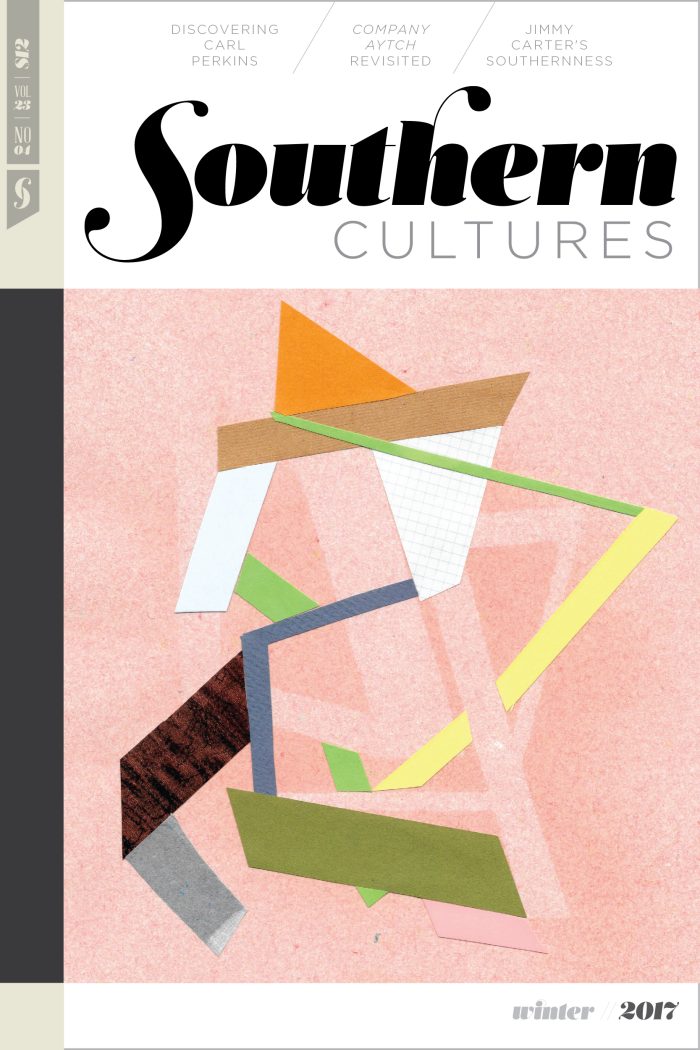“The museum offers no chronological or thematic organization. Without context, its objects drift in ether, detached and baffling.”
In May of 2017, as the world watched mammoth cranes in New Orleans lower a sixteen-foot-tall likeness of Robert E. Lee from a sixty-foot-tall marble column, few took note of the stately brick building behind the warring throngs of protestors and counter-protestors: Confederate Memorial Hall, home to the world’s second-largest collection of Confederate artifacts. Founded in 1891 as a joint family heirloom preservation center, veterans’ meeting hall, and museum, the modern visitation experience incorporates aspects of a traditional history museum, Antiques Roadshow, and a Veterans of Foreign Wars post. In the past twenty years, mounting discomfort with sympathetic portrayals of the Confederacy has presented new pressures for revision, leading to a seemingly Sisyphean effort to reconcile conflicting historical forces and audiences. Yet nineteenth-century photographs of the museum and itemizations of its contents indicate that its collection and curation have remained largely unchanged.


